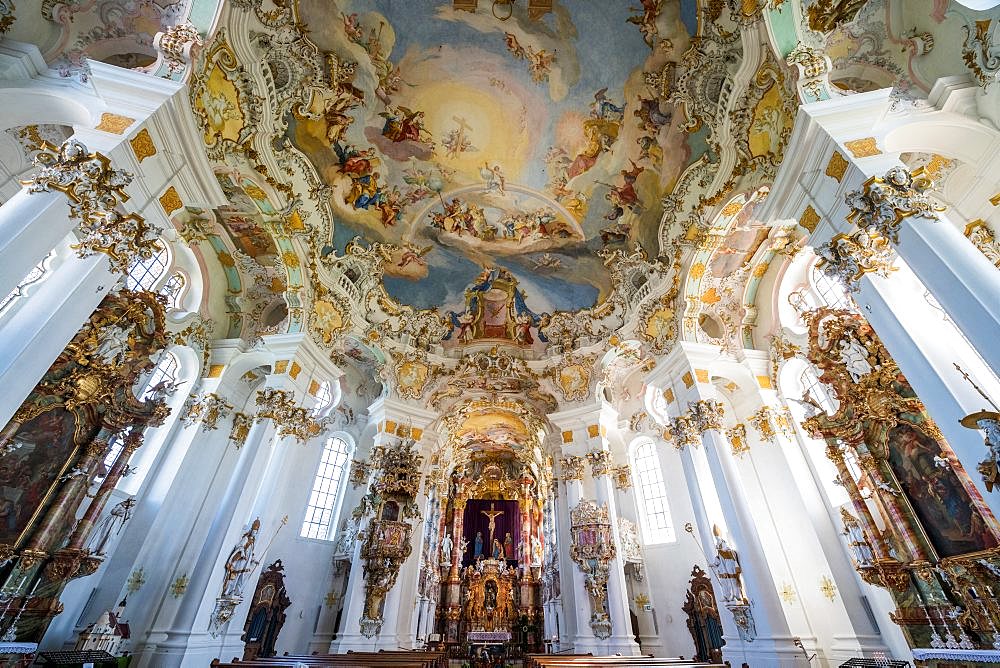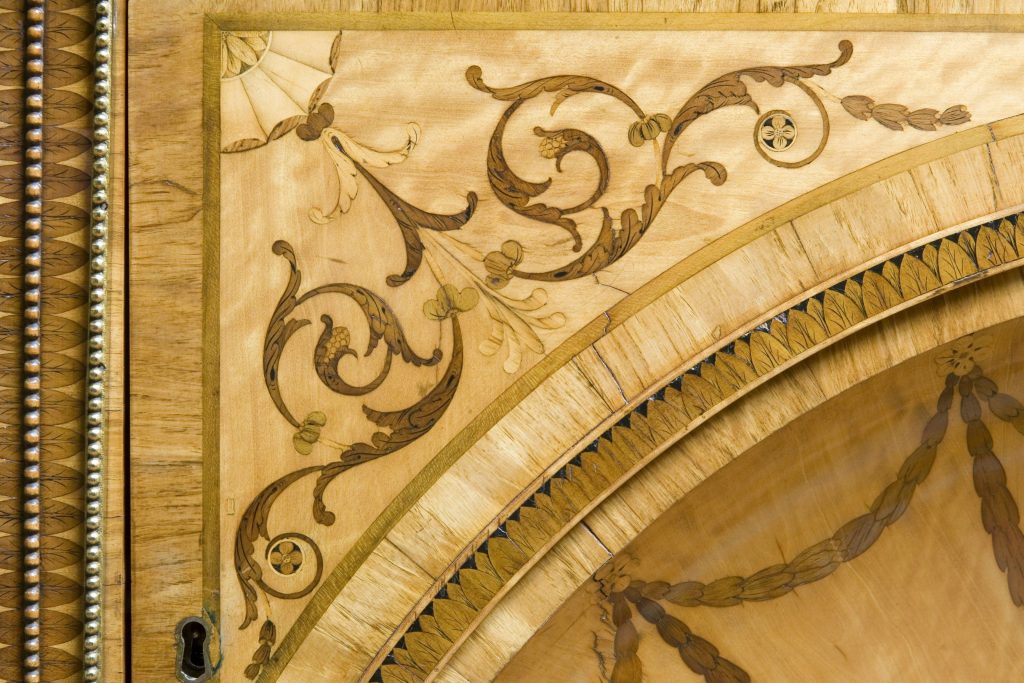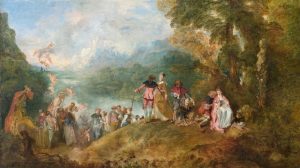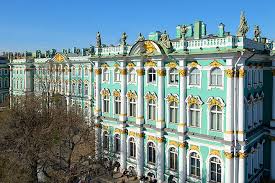Block Books and Baroque
French Rococo Style

Rococo originated in Paris, France in the early 18th century. The French Rococo style was used in many different forms of art and design such as painting and interior design. The style soon was spread to other parts of France and soon after other countries such as Germany and Austria. Rococo is identified by elegance, light colours and a great use of natural elements such as seashells and floral pattern. In contrast to the Rococo style, the official Baroque era was known for its dramatic and tense emotional tendencies. Rococo was a reaction against the Baroque art to develop a more intimate style of decoration for the nobles in Paris. The styling included decorations to both walls and ceilings with moldings decorated into curves and natural forms. Asymmetrical design was the main precedent. Décor was usually enhanced by the use of mirrors to give the illusion of more space as well as the use of light pastel, ivory white and gold as the predominate colour pallet. The lighter colours also gave the illusion of the space to be bigger and more spacious.
Rococo painting first came to live by Jean-Antoine Watteau. Influence by Peter Paul Rubens and Titian, Watteau combined and created distinguished harmony. He was able to balance nature between picturesque and wild. One of Watteau’s most famous works, “Pilgrimage to the Isle of Cythera”. The painting symbolizes three different phases of courtship with the association of Aphrodite, the goddess of love as “Cythera” is a small Grecian island to where she first originated from. The painting, “Pilgrimage to the Isle of Cythera”, is officially acknowledged as the start of the new genre in painting. These qualities went on to influence the next Rococo greats such as Jean-Honoré Fragonard and others. It was a time between King Louis XIV’s death and King LOUIS XV’s reign that the people of Paris were at peace, celebrating the customs of romance.
Rococo style as it followed the Baroque Era was commonly call ‘Late Baroque’ especially in architecture. It was known for its decorative development of asymmetrical designs and pastel shades. Components of Rococo contained shell and plant-shaped ornaments and complicated curvature. It was sometimes used for the whole room to become the shape of a dome. The furniture of the time was also synchronized to the decorative art and architecture of the time, adding marquetry on both wood and ivory furnishing and flooring.

Citations
https://www.britannica.com/art/Rococo
https://www.artsy.net/article/artsy-editorial-10-artworks-defined-rococo-style

